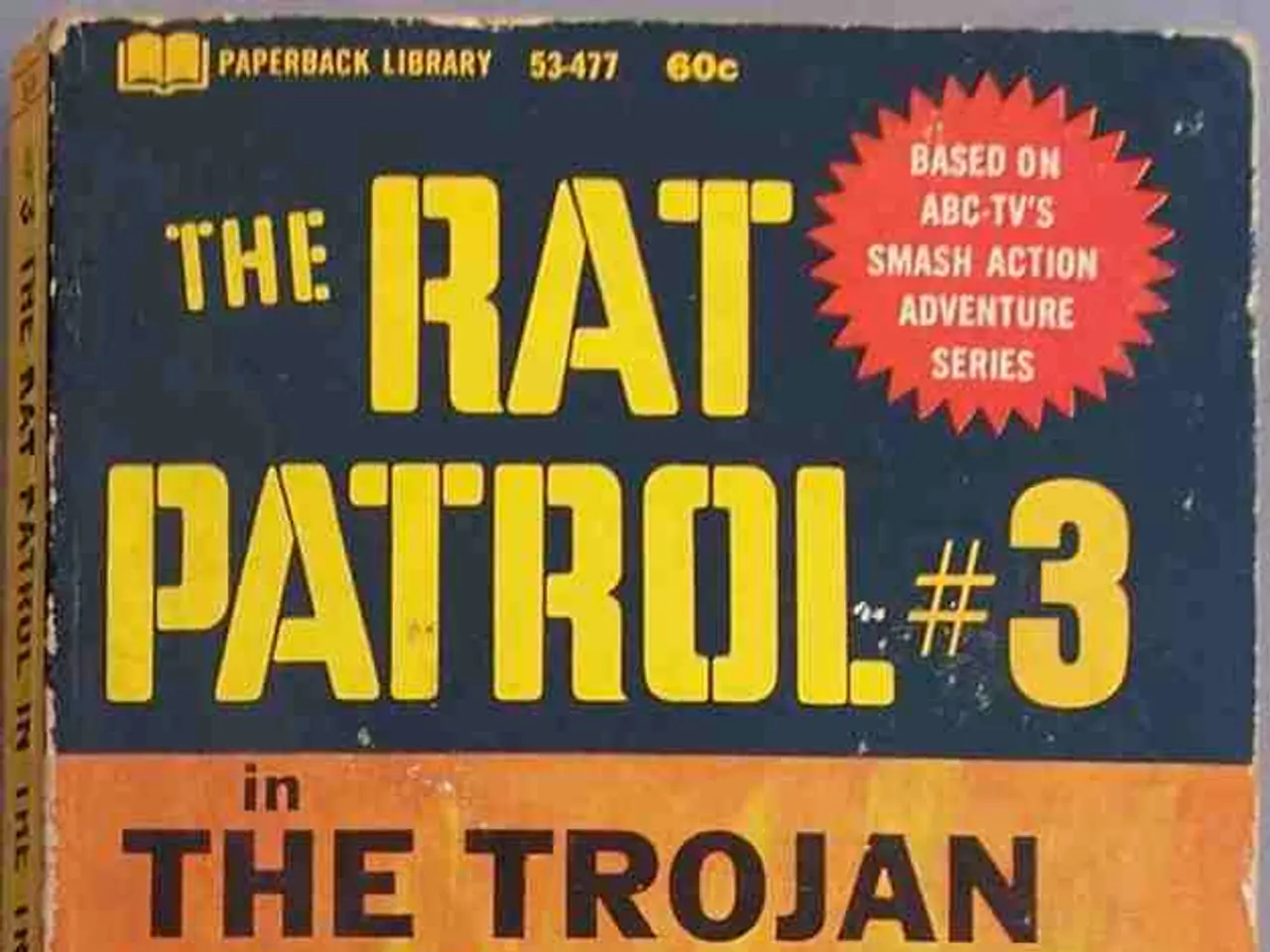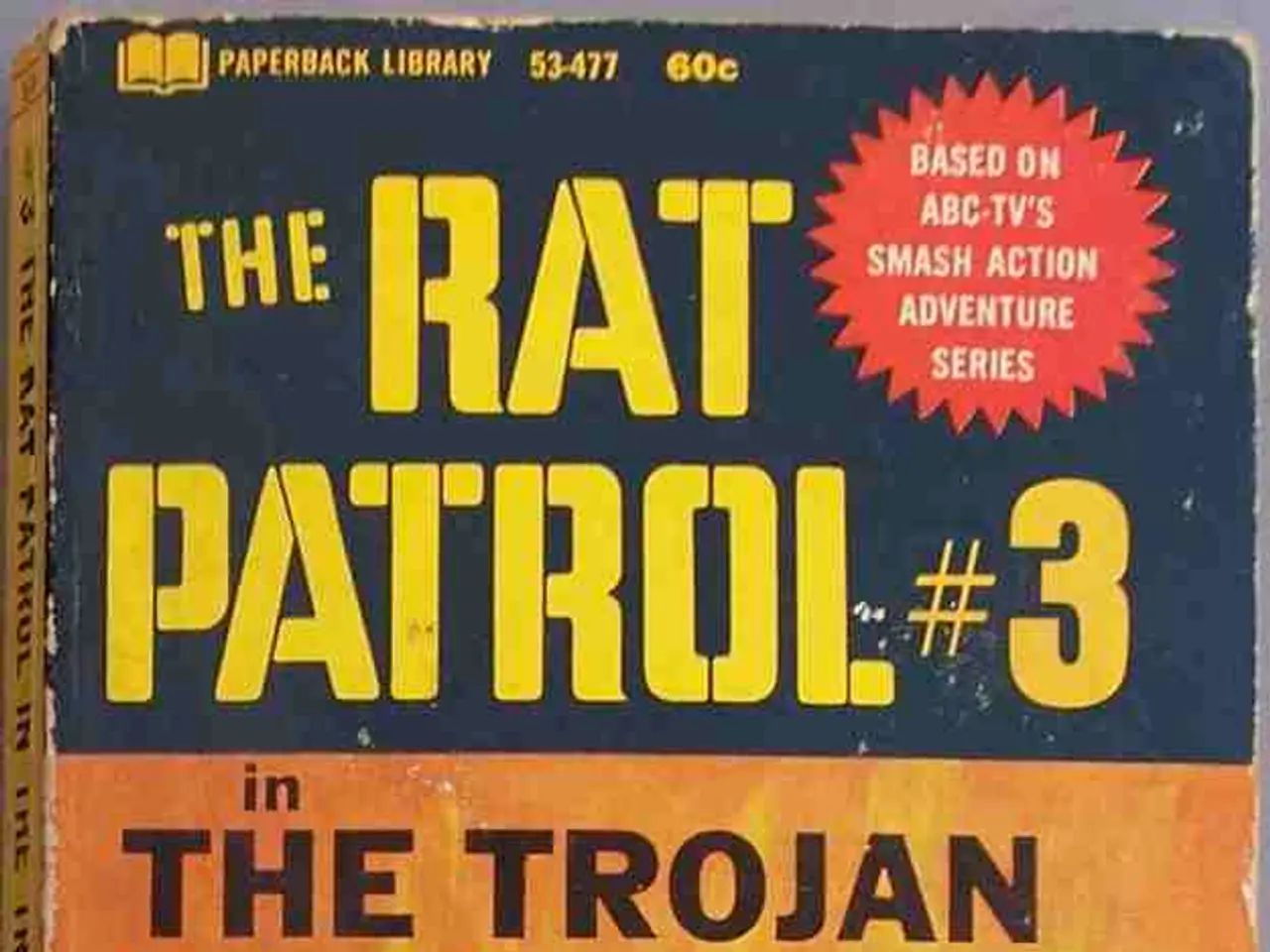Ian Fleming's World War II exploits surpass the daring adventures portrayed in his James Bond novels, presenting a level of incredible audacity seldom imagined.
Ian Fleming, the creator of the iconic spy character James Bond, was deeply immersed in real-life espionage during World War II. His daring and innovative operations, which included deception, sabotage, and intelligence gathering, have been credited as the inspiration for the globe-trotting exploits of his famous creation.
One of Fleming's earliest contributions was the "Trout Memo," a 1939 brainstorming document containing more than 50 tricks intended to deceive the enemy. This document, reminiscent of a script for a Bond prequel, showcases Fleming's influence on the world of espionage.
Another significant operation was Operation Mincemeat, initially suggested by Fleming in 1943. The plan involved planting fake documents on a dead body and allowing it to wash ashore for the enemy to discover. This cunning deception aimed to mislead German forces about Allied invasion plans and was successfully implemented four years later, playing a key role in the Allied deception strategy.
Fleming was instrumental in forming the 30 Assault Unit (30AU), a special-operations commando force. The 30AU was tasked with infiltrating enemy lines ahead of advancing troops to capture sensitive documents, technology, and codebooks from German installations. Among their objectives was gathering intelligence on Germany’s devastating V1 and V2 weapons programs. Fleming directed these operations from behind the lines but did not participate in combat himself.
One aborted plan, Operation Ruthless, called for British agents to crash-land a captured German bomber in the English Channel, kill the rescue crew, and steal their naval codebooks. However, the operation was scrapped at the last minute due to a message intercepted by Turing and his team.
Despite his involvement in espionage, Fleming never saw active combat himself. His lack of physical fitness and immense value in intelligence work led him to orchestrate operations rather than execute them.
Many of James Bond's famous missions were inspired by Fleming's actual experiences during the war. The 30AU, with its combination of spying and elite military action, directly inspired Bond's globe-trotting exploits. Fleming's role in Naval Intelligence gave him immense flexibility and access, enabling him to devise and design devious strategies, imaginative deception plans, and daring sabotage operations during the Second World War.
A significant portion of the V1 and V2 technology eventually sent to the US was used in part during the Apollo space program, helping to put the first man on the moon. Thus, Fleming's wartime work not only shaped the world of espionage but also had a lasting impact on the course of history.
References: [1] Fleming, I. (2008). The Man with the Golden Typewriter: Ian Fleming's James Bond. Random House. [2] Hoyt, A. (2015). Unauthorized Bond: The Early Years. Titan Books. [3] Lewis, N. (2006). The Wicked Wit of Ian Fleming. HarperCollins.
Books about espionage, such as "The Man with the Golden Typewriter: Ian Fleming's James Bond" and "Unauthorized Bond: The Early Years," provide insight into Ian Fleming's life, showcasing how his experiences in the world of espionage during World War II influenced the creation of the James Bond series, filled with entertainment and adventure.
In the realm of entertainment, Fleming's James Bond novels have been adapted into numerous movies, reflecting his innovative deception plans and daring sabotage operations that were once considered merely a part of his career in Naval Intelligence.







